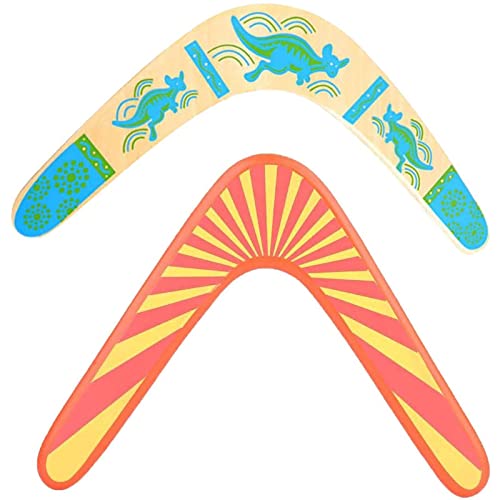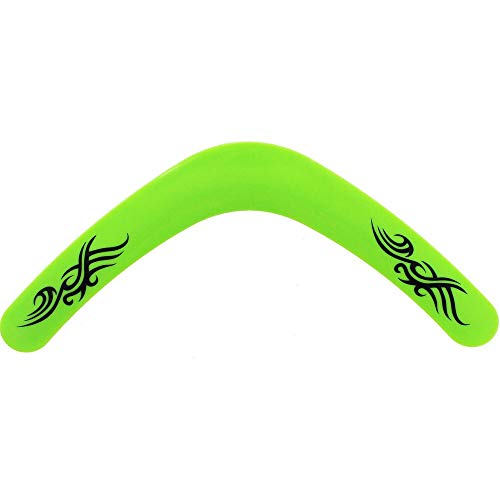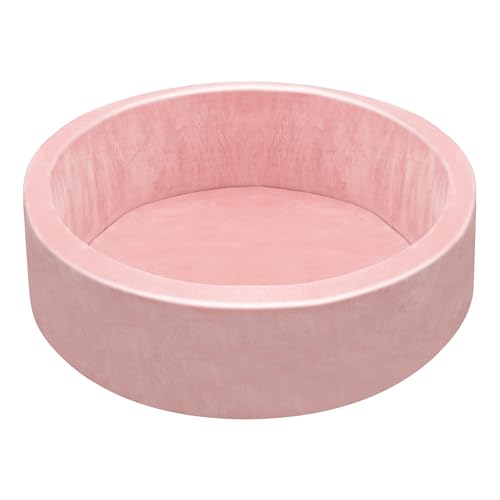Understanding Boomerangs: Types and Functions
Exploring Different Types of Boomerangs
Boomerangs come in various shapes and sizes, tailored to their specific functions. The most common type is the returning boomerang, which is designed to return to the thrower when thrown correctly. These are typically made of wood or composite materials and come in different models depending on skill level. Another type is the non-returning boomerang, often used as a tool for hunting or sport. These are usually larger and heavier, designed to travel long distances without returning. Understanding these types helps in choosing the right boomerang for your activities.
Functions of Boomerangs: More Than Just a Toy
While many associate boomerangs with outdoor play, they serve multiple functions. Returning boomerangs are excellent for leisure activities and can be a satisfying sport, while non-returning models can be used for target practice or hunting. Additionally, some boomerangs are designed specifically for tricks or stunts, which can be a way to showcase skills. Knowing these functions can enhance our experience with boomerang activities, whether for fun or for skill development.
Choosing the Right Boomerang: Key Features to Consider
Material Matters: What Should You Choose?
When selecting a boomerang, consider the material as it affects performance and durability. Wood is traditional and tends to have a unique flight pattern, but it can warp over time. Composite materials, such as plastic, offer more durability and can withstand varying weather conditions, making them ideal for frequent use outdoors. Think about where and how often you plan to use your boomerang; this will guide your material choice.
Size and Weight: Finding the Perfect Fit
The size and weight of the boomerang significantly influence its flight characteristics. Lighter boomerangs are typically easier for beginners to handle, while heavier models are suitable for experienced users who can manage the precision required for longer throws. Standard lengths range from 30 to 100 cm, so we recommend trying different sizes to see what feels comfortable and produces the best results.
Design and Profile: Understanding How They Affect Flight
The design and profile of a boomerang determine how it spins and returns. A curved wing shape can enhance lift, aiding its return. We should look for boomerangs with pronounced curvature and an appropriate wing profile for their intended use. If we want stability during flight, consider boomerangs featuring a symmetrical design, which offer more predictable control.
Getting Started: Tips for First-Time Boomerang Users
Learning to Throw: The Basics Explained
Throwing a boomerang might seem simple, but it requires practice. To start, we should find an open area free from obstacles. Angle the boomerang about 10-20 degrees upright while holding it, and throw it at a 45-degree angle across the wind. This technique allows it to spin properly and return to us. Remember, practice makes perfect, so don’t be discouraged if it doesn’t return immediately.
Choosing the Right Location: Where to Practice
Finding an ideal location is crucial for our boomerang practice. A large, open space, like a park or a beach, is perfect since it allows for plenty of room to retrieve our boomerang after throwing. Ideally, we should avoid areas with a lot of people or obstacles such as trees to ensure a safe and enjoyable experience while mastering our skills.
Safety First: Precautions to Take
Safety should always be a priority when throwing boomerangs. It’s best to practice with friends or family around, as they can help retrieve the boomerang if it goes down. We should always ensure that no one is in the designated throw zone when practicing. Additionally, wearing protective eyewear can prevent accidents.
The Best Boomerangs on the Market: Our Top Picks
Recommendations Based on Skill Level
For beginners, we recommend lightweight models made of durable materials, such as plastic or foam. These types are easier to handle and reduce the risk of damage during learning. Intermediate users might prefer wooden models, offering a blend of authenticity and performance. For advanced users, crafting a custom boomerang may enhance flight characteristics tailored to individual throwing styles. Regardless of skill level, there are excellent options available.
Popular Models Worth Considering
Some notable models include the ‘Airborne’ series for beginners, featuring a wide-wing design for easy returns, and the ‘Hunter’ series for non-returning applications, perfect for those interested in more serious throw and catch or target practice. For advanced users, the ‘Redback’ model is reputed for its precision and is favoured among competitive throwers. These picks cater to various preferences and skill levels, providing solid performance.
Boomerang Care and Maintenance: Ensuring Longevity
Cleaning Your Boomerang: Simple Steps
Keeping our boomerang clean is pivotal for its longevity. After each use, we should gently wipe it down with a soft cloth to remove dirt and moisture. If necessary, a mild soap solution can be used, but it’s important to dry it thoroughly afterward, especially for wooden models to prevent warping.
Storage Tips: The Best Way to Keep Your Boomerang
Proper storage plays a vital role in maintaining our boomerang’s shape and performance. It’s ideal to store it in a protective case, away from direct sunlight or extreme temperatures. Hanging it vertically can also help maintain its integrity, preventing any bends. Taking care of our boomerang ensures it remains in top condition for many throws.



























